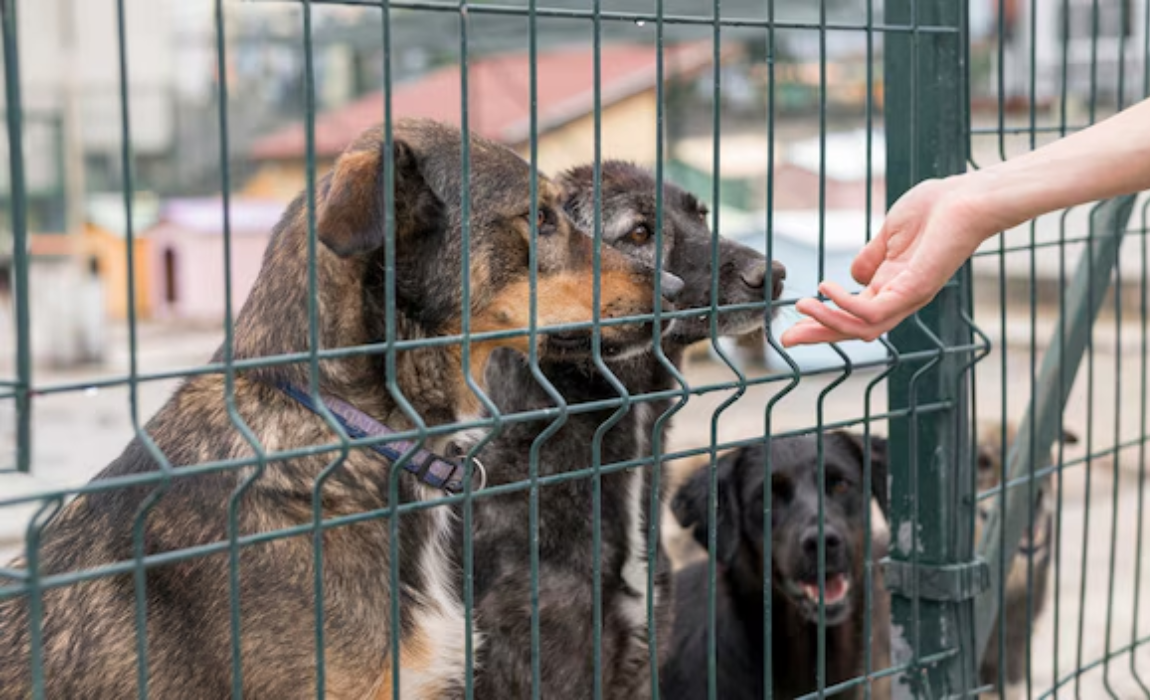
Balancing Animal Welfare and Public Safety: The Evolving Jurisprudence on Stray Animals in India
Few issues in urban governance generate as much passion—and polarization—as the stray animal question. On one hand, India’s constitutional and statutory framework mandates compassion towards all living beings. On the other, the sheer rise in incidents of dog bites and public health risks has made the issue a matter of safety and urban management. Recent judicial pronouncements, from the Supreme Court to various High Courts, reveal the judiciary’s attempt to balance two competing imperatives: animal welfare and public security.
At the heart of the debate lies Article 51A(g) of the Constitution, which imposes a fundamental duty on citizens to show compassion for living creatures. Coupled with the Prevention of Cruelty to Animals Act, 1960 (PCA Act), this provision has long empowered courts to view animal welfare not as charity, but as a constitutional
ethos. In Animal Welfare Board of India v. A. Nagaraja (2014), the Supreme Court recognized animals as sentient beings entitled to protection from unnecessary pain and suffering. However, this welfare-centric approach collides with the hard realities of urban India—where rising stray populations have translated into genuine public safety concerns.
According to municipal records in cities like Bengaluru, Hyderabad, and Delhi, lakhs of stray dogs roam freely, often beyond the control of civic authorities. Reports of attacks on children and elderly persons highlight a crisis that cannot be brushed aside under the garb of compassion alone. Here lies the judiciary’s challenge: How to safeguard citizens’ right to life under Article 21 while respecting the equally compelling mandate of animal welfare?
The Supreme Court’s ongoing scrutiny of stray dog management reflects this dilemma. While reiterating that mass culling is unconstitutional and inhumane, the Court has directed municipalities to strictly implement sterilization and vaccination programmes under the Animal Birth Control (Dogs) Rules, 2001, recently updated in 2023. The message is clear: sustainable control, not short-term eradication, is the legally sanctioned path forward.
Yet, implementation remains the Achilles’ heel. Municipal corporations, strapped for funds and capacity, often neglect sterilization drives, leading to unchecked growth of stray populations. This inaction fuels public resentment, with local communities occasionally resorting to vigilante cruelty against dogs—lynching, poisoning, or illegal relocation. Such acts not only contravene the PCA Act but also deepen the mistrust between animal rights groups and civic authorities.
The courts have therefore assumed the role of arbiter, attempting to bridge this gulf. In recent cases, High Courts have directed state governments to create dedicated funds for sterilization and establish monitoring committees involving animal welfare boards, municipal officers, and local NGOs. This collaborative model recognizes that the problem is not merely legal, but social and administrative.
However, critics argue that judicial overreach sometimes hampers practical solutions. Blanket bans on removal of strays, without ensuring municipal accountability, can inadvertently compromise human safety. Conversely, leaving the matter solely to executive discretion risks diluting the constitutional duty of compassion. The answer, then, lies in judicially supervised executive action—where courts set constitutional guardrails but municipalities retain operational autonomy.
A deeper jurisprudential evolution is also underway. Indian courts are slowly moving beyond the binary of “dogs versus humans,” instead framing the issue within the broader context of sustainable urban governance.? The recognition that animal rights and human rights are not mutually exclusive but interdependent is crucial. For instance, effective vaccination of dogs not only protects animals but also reduces the risk of rabies transmission to humans. Sterilization ensures long-term decline in stray populations, preventing future conflicts.
Ultimately, the jurisprudence on stray animals reflects India’s broader democratic challenge: reconciling rights with responsibilities, compassion with pragmatism. Stray animals are neither pests to be exterminated nor sacred beings to be romanticized—they are part of our shared urban ecosystem. The judiciary’s insistence on humane solutions, tempered by concerns of public safety, is an attempt to strike this delicate balance.
But lasting change will require more than court orders. Civic bodies must demonstrate administrative will, citizens must shoulder responsibility in sterilization and adoption drives, and policymakers must allocate adequate resources. Only then can India hope to evolve a model of governance where urban safety and animal welfare coexist.
As the jurisprudence continues to evolve, one lesson is evident: the question of strays is not just about dogs, but about what kind of society India aspires to be—one that manages its challenges with cruelty, or one that tempers order with compassion.
